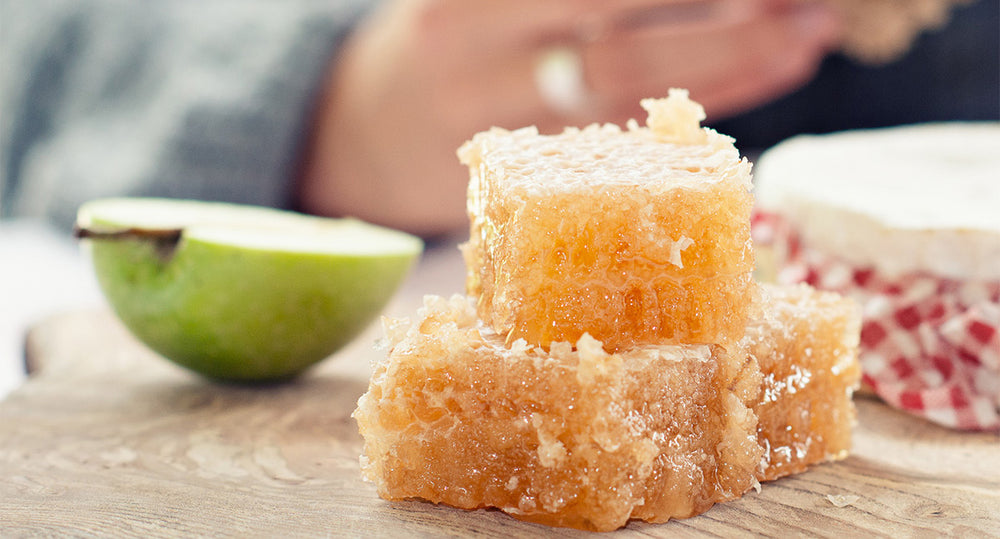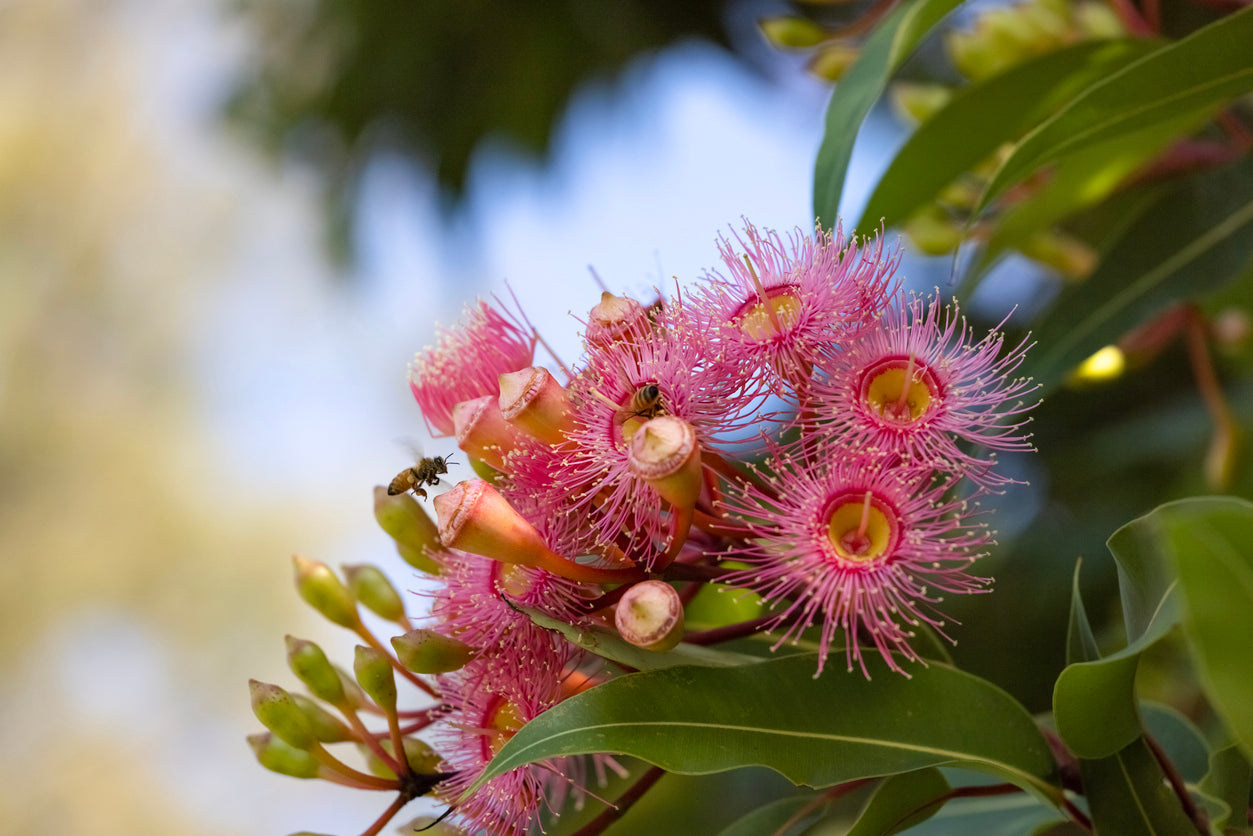Are You Eating the Right Honey?
As a nation, we Brits love honey. In fact, we can’t get enough of it, with recent data suggesting that we eat 25 to 35 thousand tons of the deliciously sweet, sticky stuff each year. We drizzle it on our muesli, we spread it on our toast and we add it to our smoothies. We even eat directly from the jar. (We see you!)
Although sweet and syrupy, honey isn’t just a sugar substitute at breakfast time. Honey is rich in micronutrients, antioxidants, anti-inflammatories, enzymes, polyphenols and prebiotic fibre (that the bugs in our guts, called our microbiome, thrive on). It’s quite the superfood.
However, as we’re fond of saying here at Necta & Hive – not all honey is created equal. To reap the benefits of these nutrients, we need to be eating the right (sweet) stuff.
Cheap Runny Honey vs High Quality Monofloral Honey
A quick search on the website of one of the UKs most popular supermarkets shows us that we can buy a 340g jar of their own brand runny honey for £1.10. It’s accompanied by a beautiful picture of a sunlit breakfast scene – piles of fresh fruit, bowls of porridge and a delicious looking crumpet oozing with butter and honey.
The perfect balance between healthy and indulgent. Using such wellness-fuelled imagery would naturally make us think that we’re making a healthy food choice. And at pennies per squeeze, it’s an absolute steal.
But it’s a classic case of you get what you pay for.
When we look at the ingredients list of this honey, we find the following listed under the ingredients, “Blend of honeys from more than one country”. Another jar of relatively cheap honey states “Blend of EC and non-EC honeys”. Labelling laws mean that honey has to be labelled with its origin – but it doesn’t have to be specific.
And this is the problem. It might look like honey and taste how we think honey should taste, but these origin statements mean that there’s a very high chance that the honey has originated in China or Turkey.
This means that it’s also probably been adulterated – mixed with sugar syrups made from rice, sugar beet or sugar cane. Almost half of the honey imported into the EU is fraudulent, and the overwhelming majority of it comes from China. But we’re very unlikely to see the word China on the label, because the problem of adulterated honey from China is a well-known, far from hidden “secret”.
How to Eat the Best Honey for Health
Whilst sugar syrups aren’t necessarily harmful to our health (they’re not toxic, for example), it isn’t right that we’re not getting what we think we are – and we’re certainly not getting the benefits of honey as nature intended.
Given the amount of honey we eat in the UK, it’s surely scandalous that the majority of it isn’t actually a health food.
So what can we do?
To ensure that we’re eating the right honey for health, we need to pay a little extra and look out for labels that state that the honey is monofloral (meaning that it’s been made by bees free to forage on single crops) and unpasteurised.
Looking for Premium Honey at a Fair Price? Choose Necta & Hive!
At Necta & Hive, we pride ourselves on the quality of our unpasteurised, monofloral honey. It’s produced by bees that forage for the pollen of the eucalyptus trees native to Western Australia and it’s packed with nutritional benefits.
Spending a little more on better quality food is an investment in your future. So why not try a jar of Necta & Hive active, healing Jarrah or Marri honey? You won’t just benefit from the purity of our unpasteurised honey, you’ll notice that the flavour is different too; rich, full bodied with a smooth caramel hint with our Jarrah and a mild, light sweetness with our Marri.
We promise you; you won’t look back!






